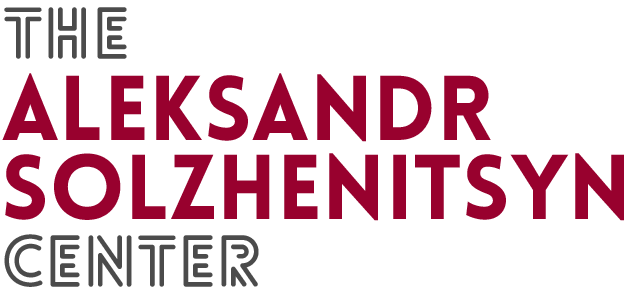Five Best Books on the Great Terror
/In today’s Wall Street Journal, Owen Matthews includes The Gulag Archipelago in his top-five list.
“How is it possible to put two strangers in a room—one an executioner, the other a prisoner—and not only persuade one to kill the other but convince both that this murder serves some higher purpose? During his eight years in the Gulag, Alexander Solzhenitsyn felt the full brunt of Stalin’s police state “on his own hide,” in the Russian phrase. His epic “Gulag Archipelago,” a “literary investigation” of the history of Stalin’s terror, is the most thoroughly researched, deeply felt work ever written on the subject. Yet in all its exhausting and exhaustive detail, from the exact dimensions of the tiny, blacked-out holding cages to the horrors of being transported across the 10 time zones of the U.S.S.R. to frozen hellholes in the Arctic, the central question remains: “Where did this wolf-tribe appear from among our own people?” Solzhenitsyn asks of the hundreds of thousands of ordinary, decent Soviet men and women who were ready to justify and even participate in the massacre of their fellows. “Does it really stem from our own roots? Our own blood? It is ours.” Solzhenitsyn’s explanation is that “the line dividing good from evil cuts through the heart of every human being. And who is willing to destroy a piece of their own heart?” That has the ring of truth. Still it does not explain, as perhaps nothing can, the enormity of the mass delusion that was Stalinism—one that claimed up to 15 million lives through execution, man-made famine and forced labor.”

